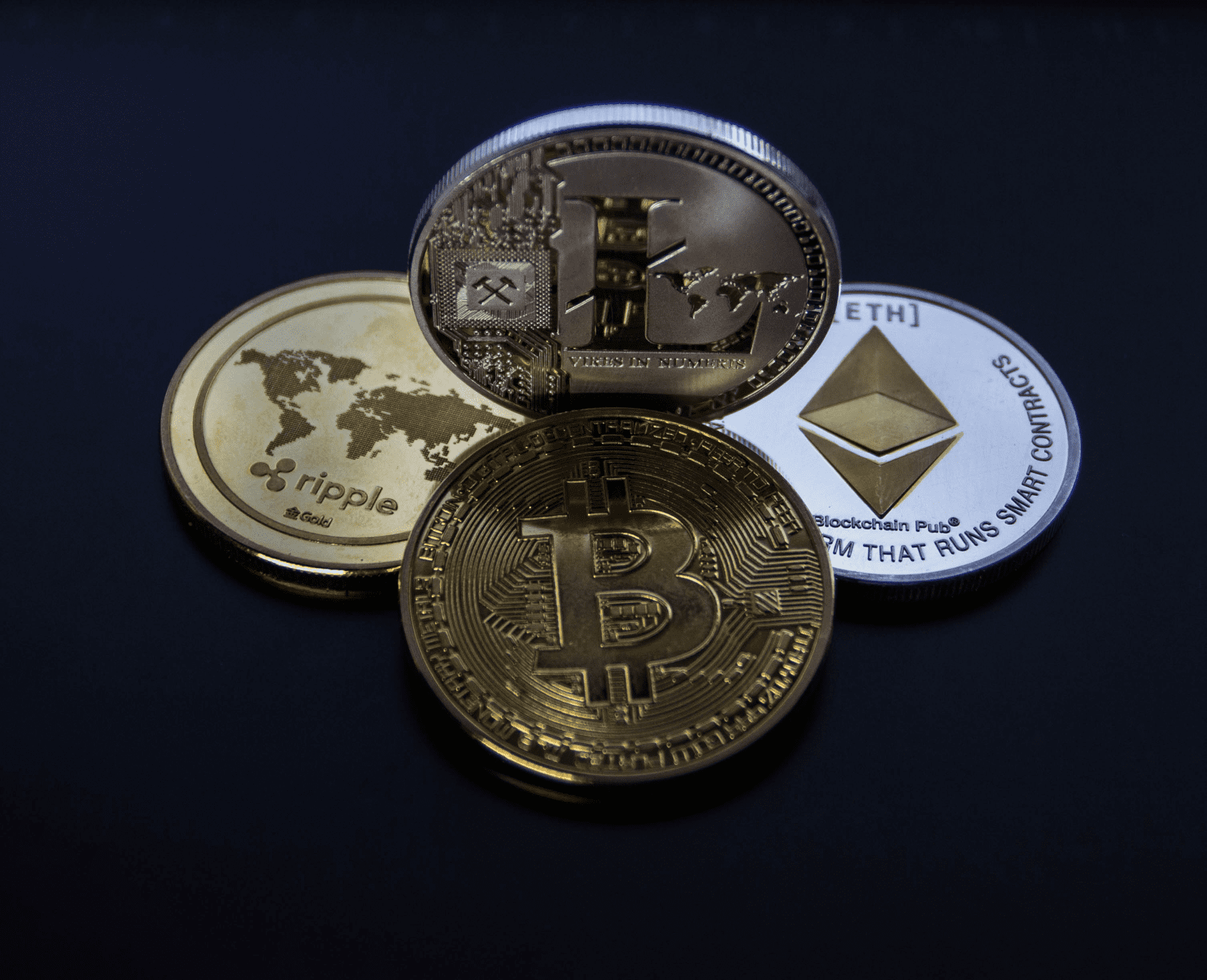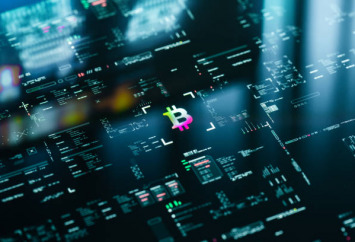If you’ve been following the crypto news even slightly, you’ve likely heard the term “fork” here and there. It’s not about cutlery or a divergence in the road. In the crypto world, a fork represents a significant event, causing quite the chatter among crypto geeks.
In this article, we will briefly explain the meaning behind the fork and its meaning in the crypto-verse. Let’s dive right into it!
The basics of a crypto fork
In simple words, a fork represents a significant change in the protocol of the blockchain or a sudden split into two new blockchains. Since blockchains are not private property, changes and disagreements within the crypto community occur.
When things like that happen, two separate paths can be created. One follows the old protocol and the other adopts the new one. That’s what we call a fork. Connecting blockchain networks may become harder with forks, as their role is to separate two disagreeing parties.
Types of forks: Hard and soft
Okay, so we know that a fork signifies a change. But all forks are not the same. There are two main types to understand: hard forks and soft forks.
Hard fork
Think of a hard fork as a big software upgrade. It’s hard to connect it to the old chain, so it’s like creating a whole new blockchain.
There is a catch, though. The old and new blockchains are not compatible. This means that users need to decide which version they want to work with.
If both versions are well supported, a whole new currency can evolve. An example that first comes to mind is Bitcoin Cash. It was created from a hard fork in Bitcoin and ended up becoming an independent cryptocurrency.
Soft fork
A soft fork is less extreme. It’s also a change in the protocol but is backward compatible. That means that the new version recognizes the old version, but not vice versa.
So, participants don’t need to make an immediate switch and the decentralized smart contracts can still be valid. Over time, as more participants upgrade to the new version, the old one might get left behind.
Forks, whether hard or soft, result from decisions aiming to optimize and secure the blockchains. Since digital finance is decentralized, these decisions are typically made through community treaties. In those circumstances, disagreements are expected, and the final result is a fork.
Life after a fork
Post-fork, there’s always a dose of unpredictability. If it’s a hard fork, users need to decide which path they’ll choose. Will they stick to the original? Or roam into the new territory of the upgraded blockchain? Whatever you choose, you can later be met with the challenges of those ever-changing environments.
Soft forks are less rigorous. Users can choose to upgrade at their own pace, but, the more you work towards the new path, the old one will seem more worn out and lonely.
Whichever fork type it is, one thing’s for sure: it’s always best to be informed. Keeping an eye on crypto news can help users make informed choices. This is especially important if we’re talking about your money and data in the blockchains.
Conclusion
Forks, in the crypto universe, aren’t about dining. They’re about the change and evolution of data. For those navigating the crypto waters, understanding forks can be essential. And as the world of crypto continues to evolve, there’s no doubt that the conversation around forks will continue to, well, fork.


